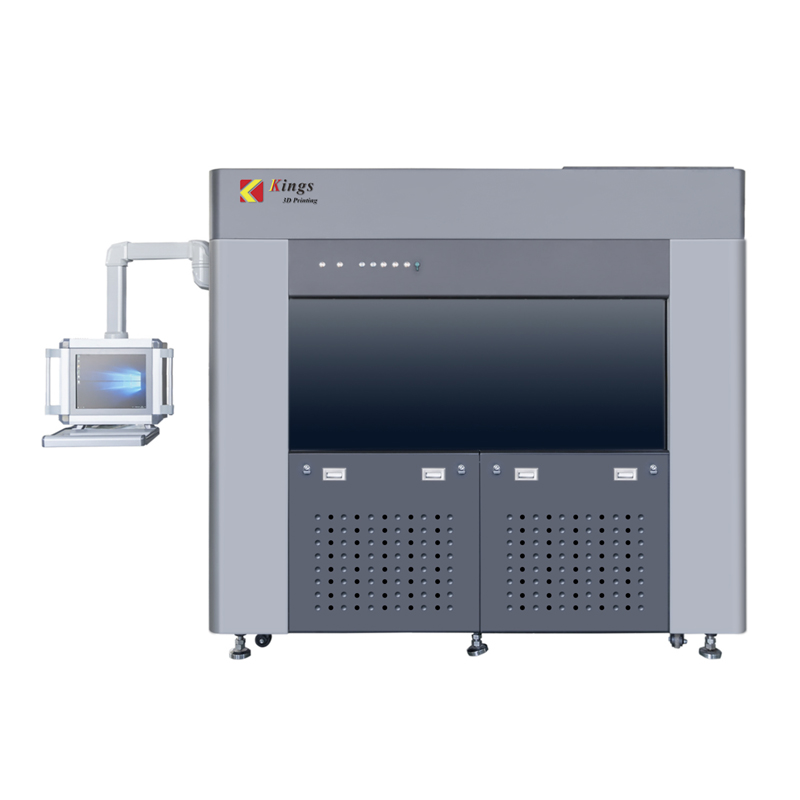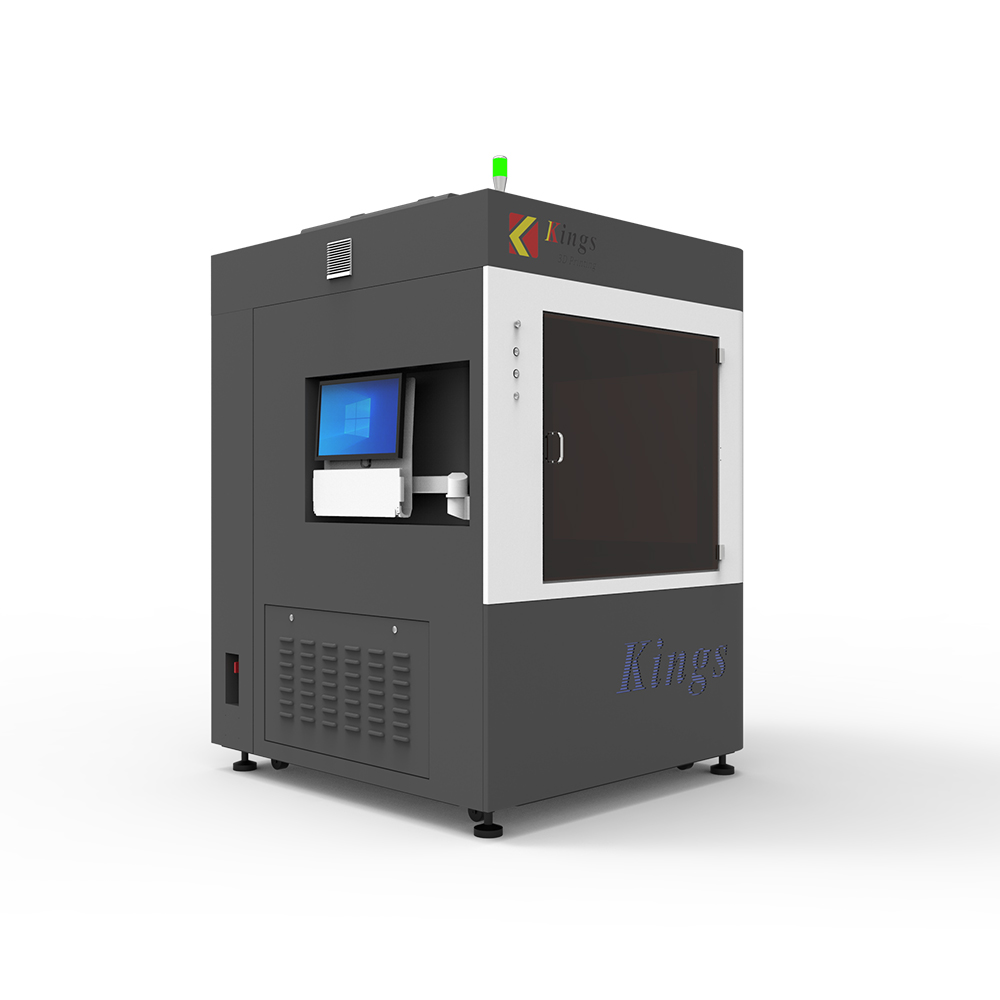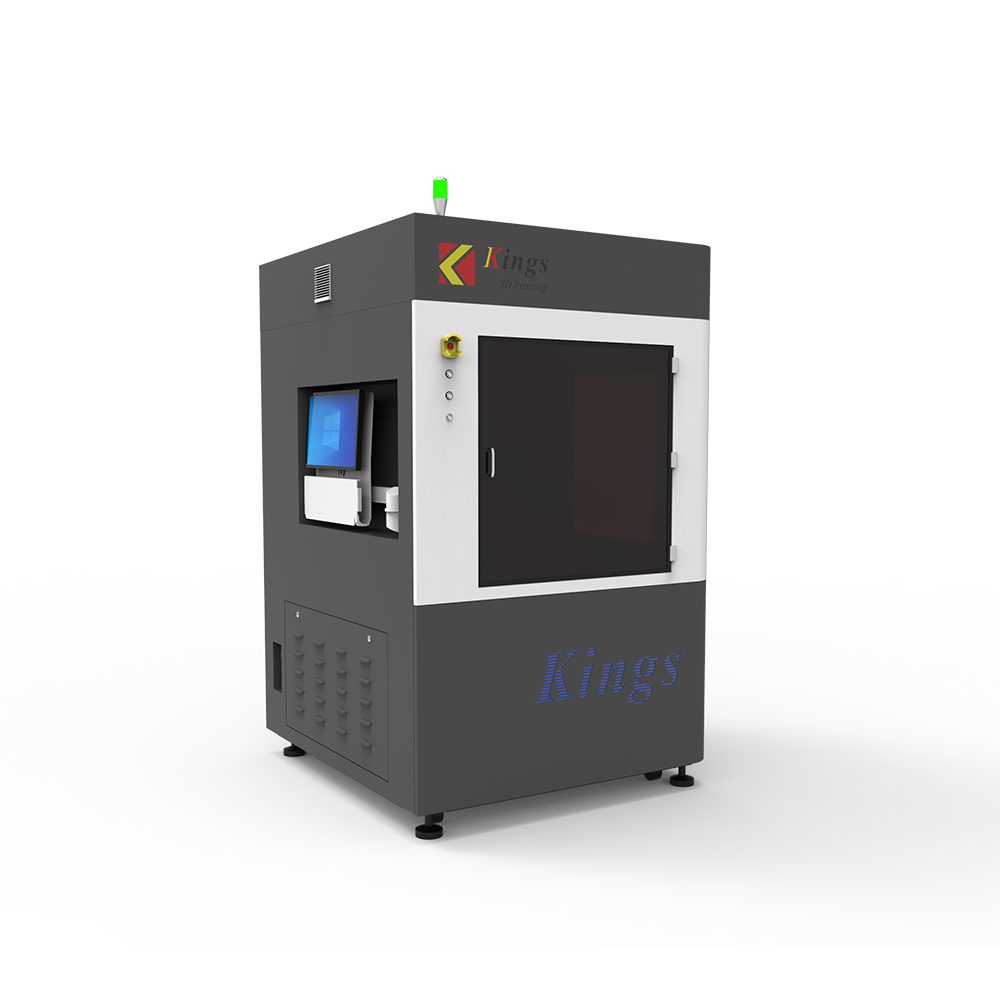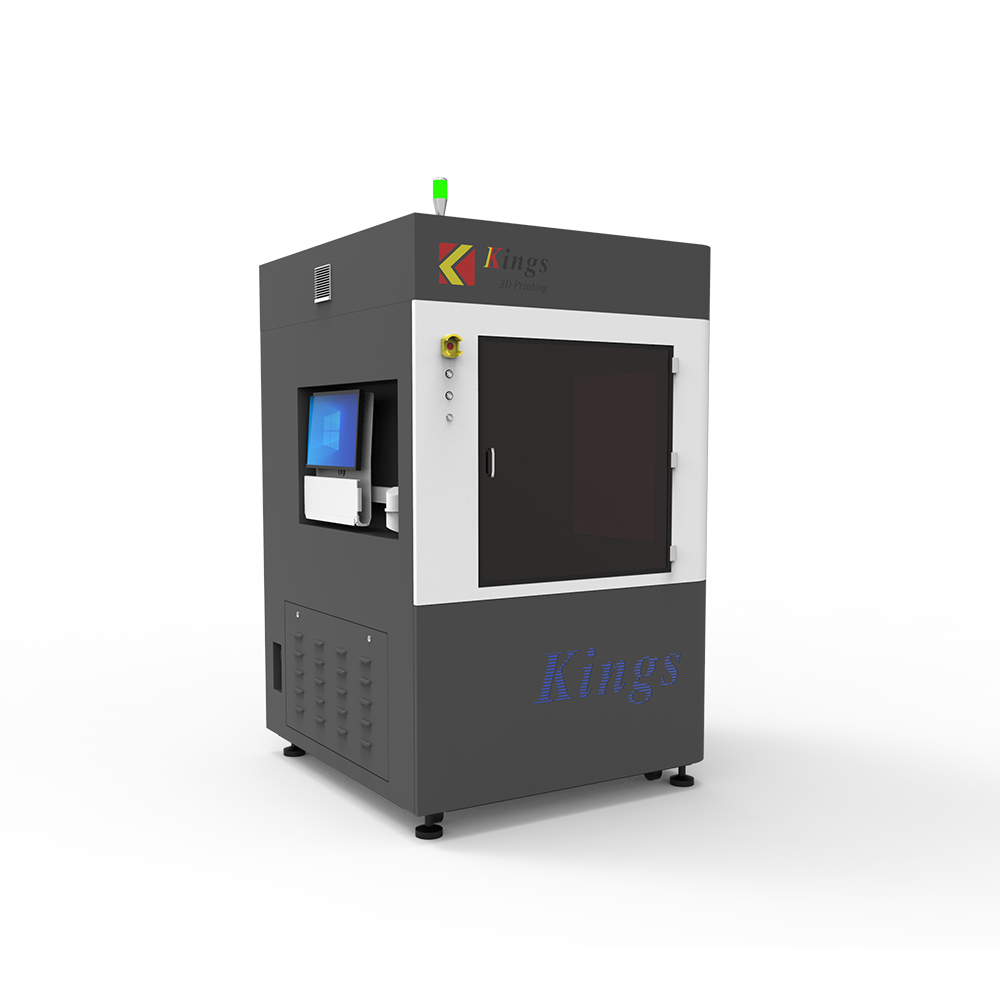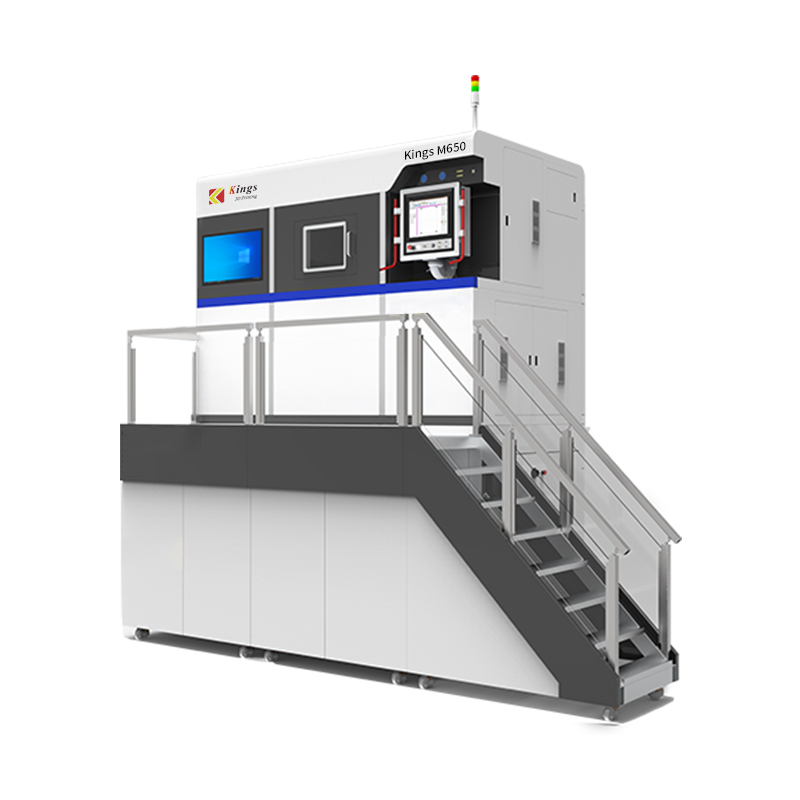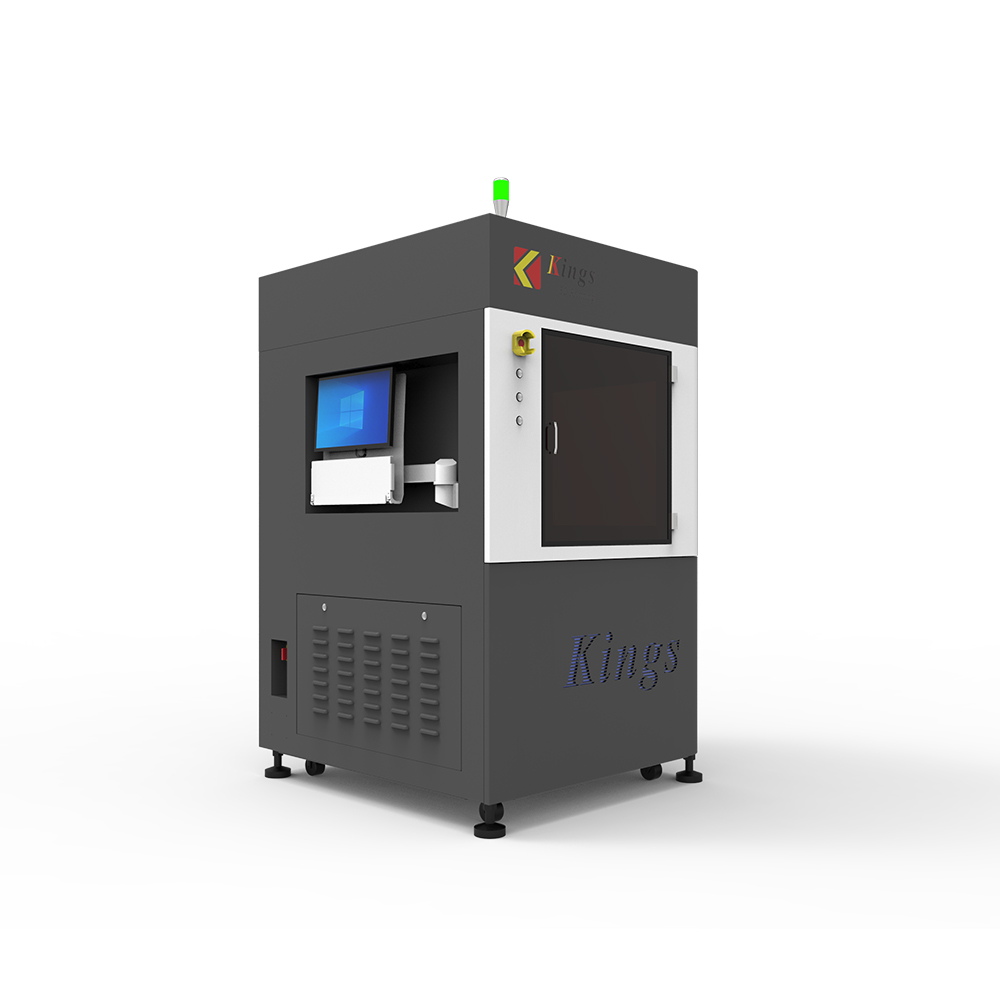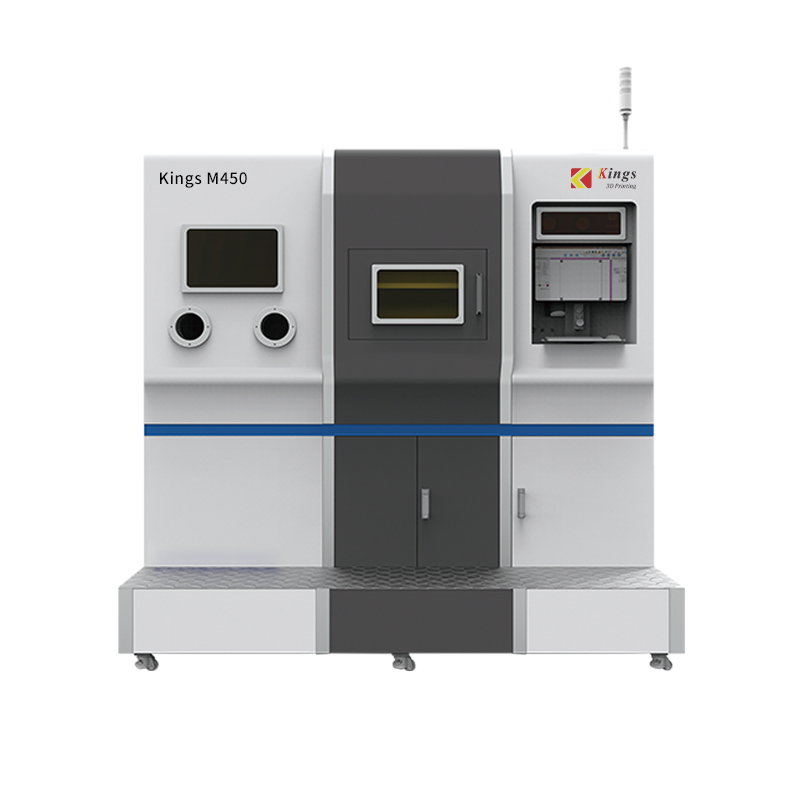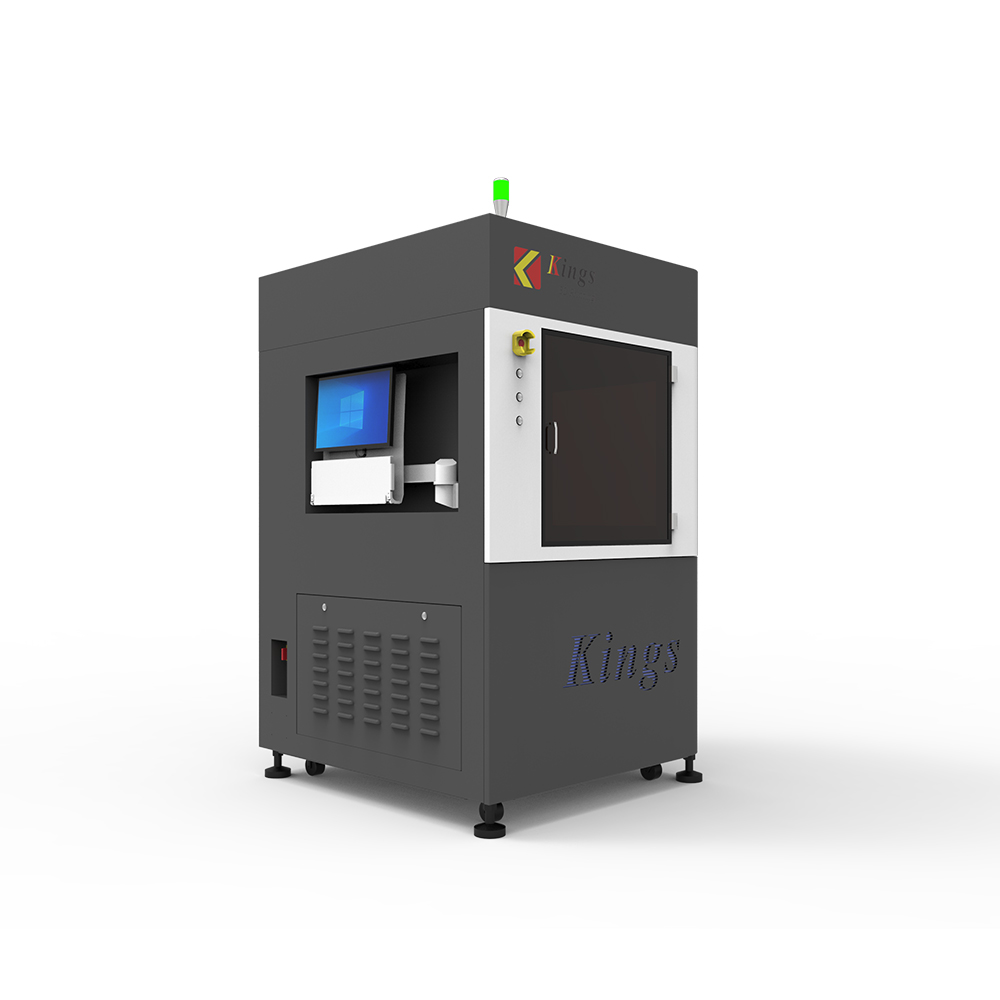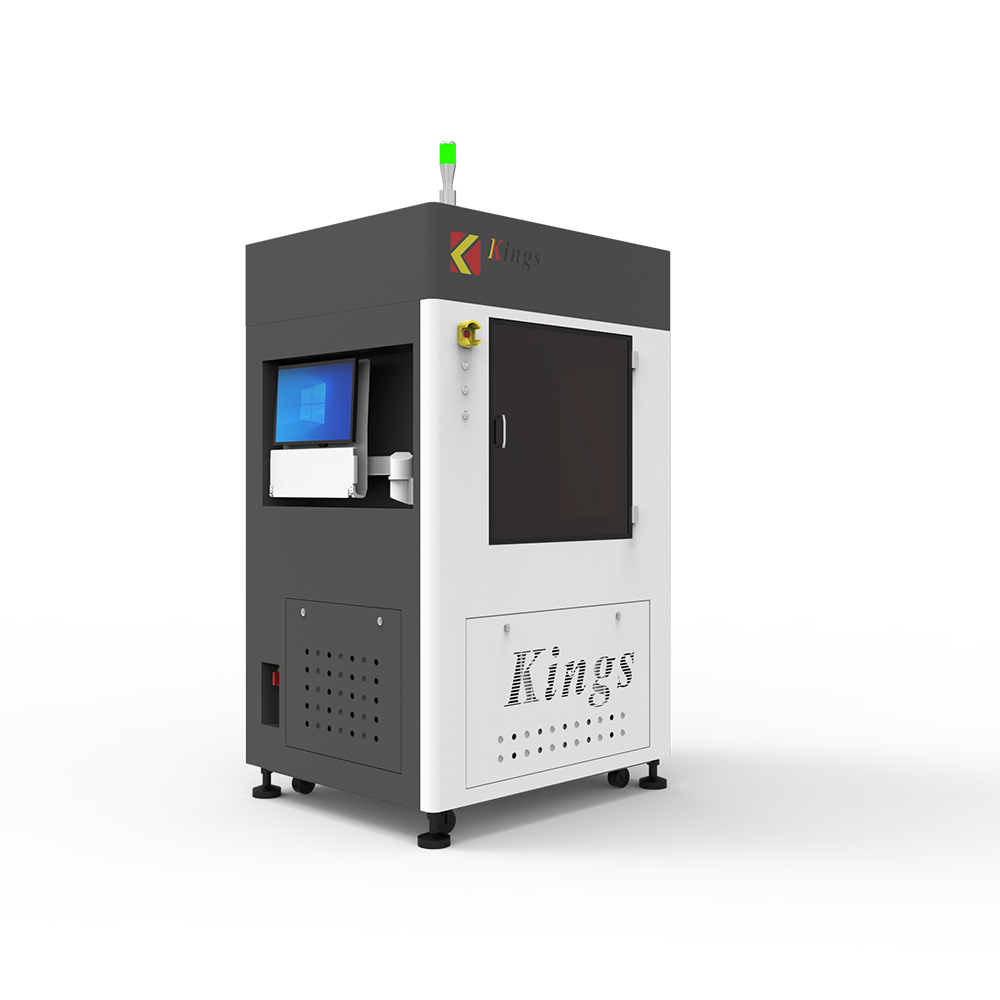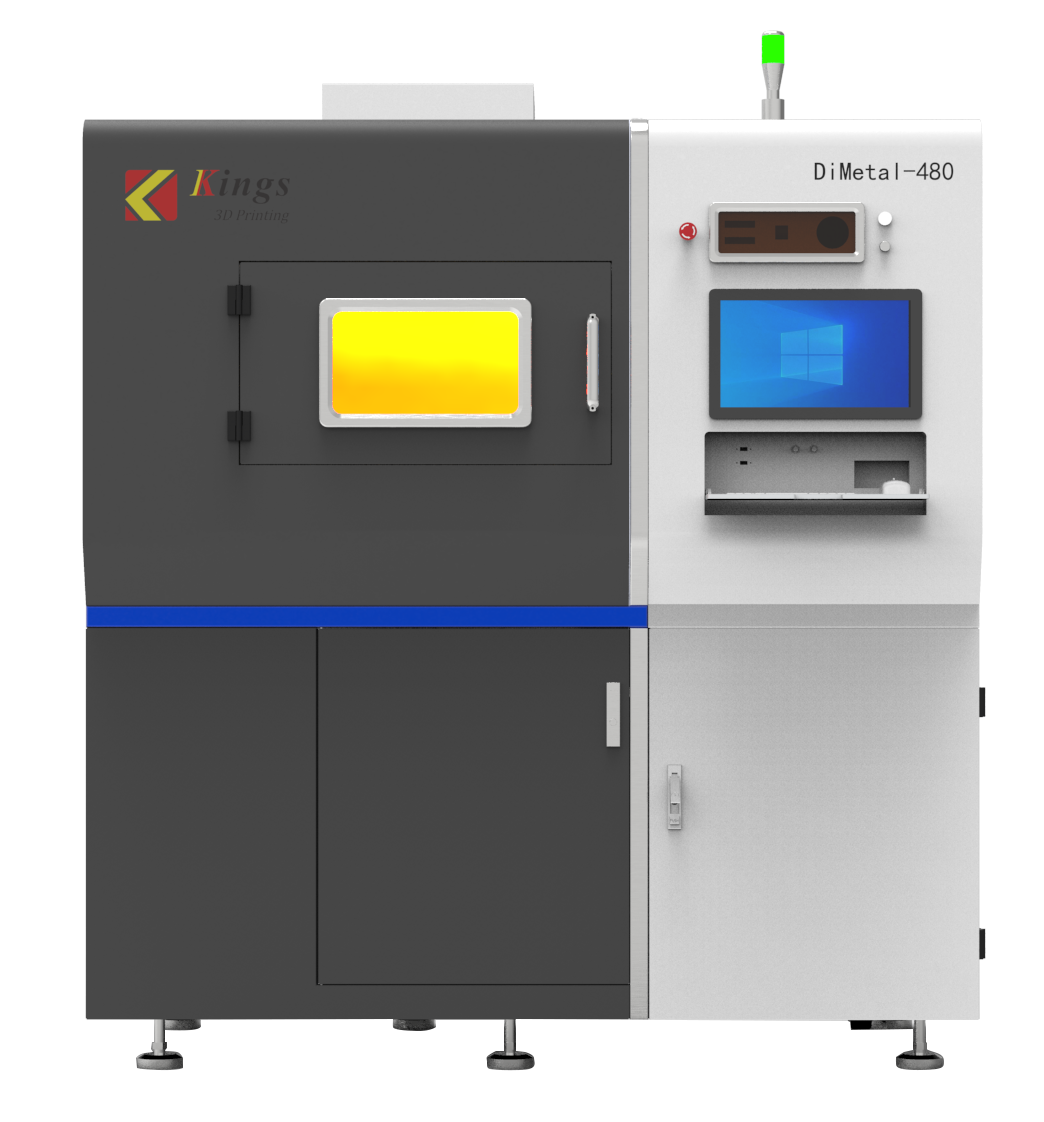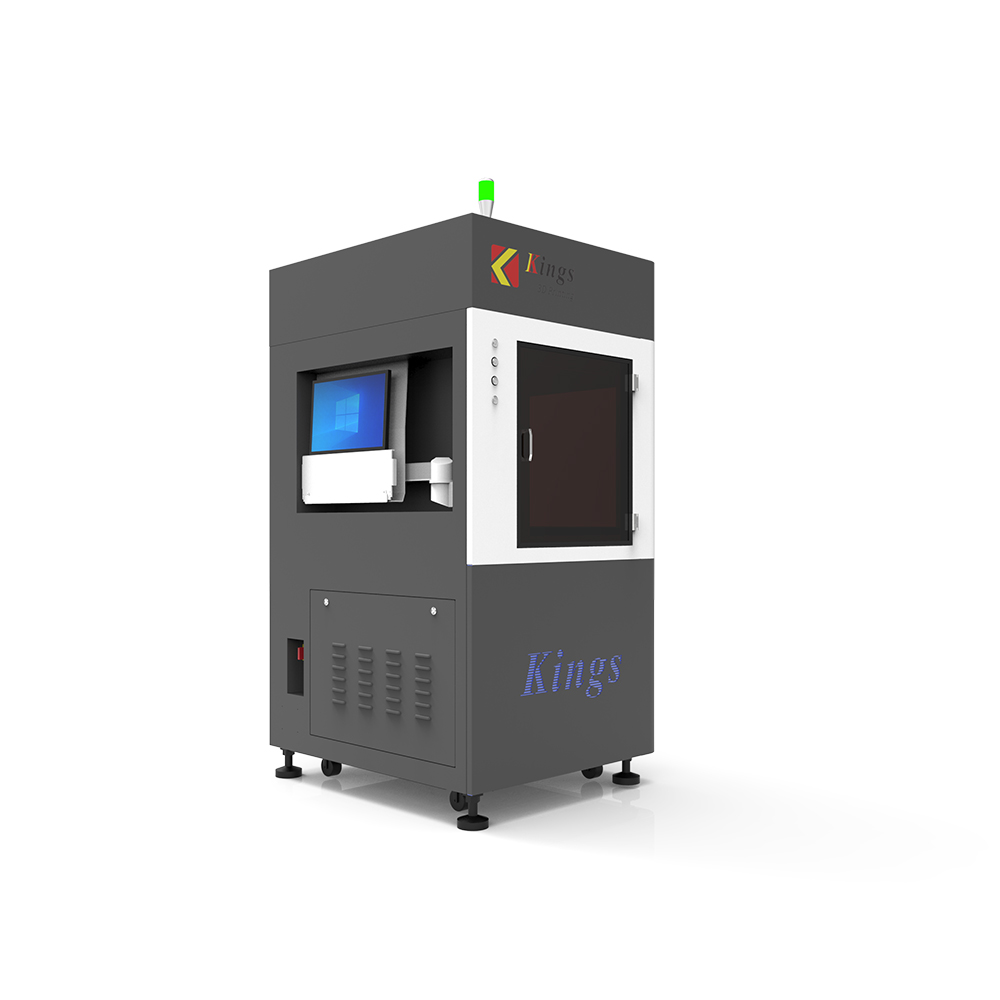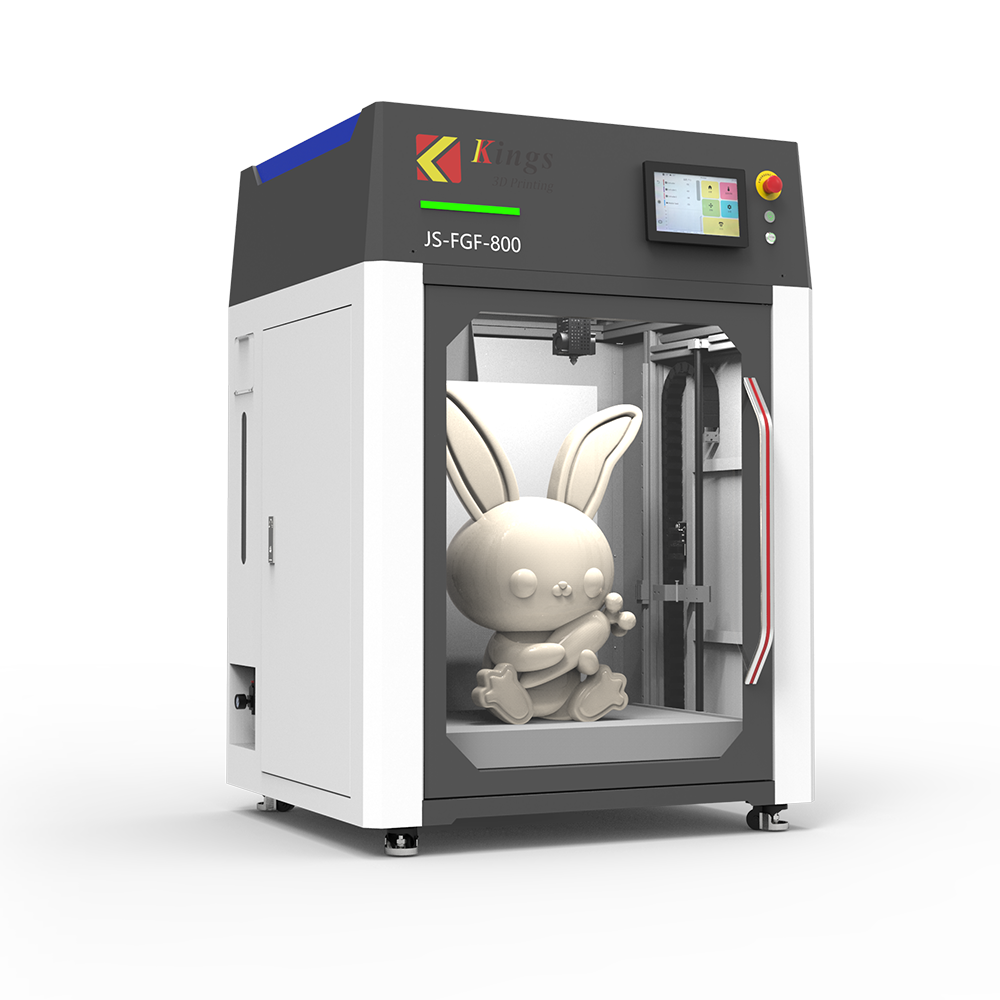Here are the advantages and technical principles of 3D printing shared by 3D Printer Suppliers. I hope it will be helpful to everyone.
What is 3D printing rapid prototyping technology
What is 3D printing technology? To be precise, 3D rapid prototyping technology is one of many rapid prototyping technologies. Rapid prototyping technology can be roughly divided into 7 categories, including three-dimensional printing, laminated solid manufacturing, selective laser sintering, and fused deposition molding , Three-dimensional welding, three-dimensional printing, digital accumulation molding, etc.
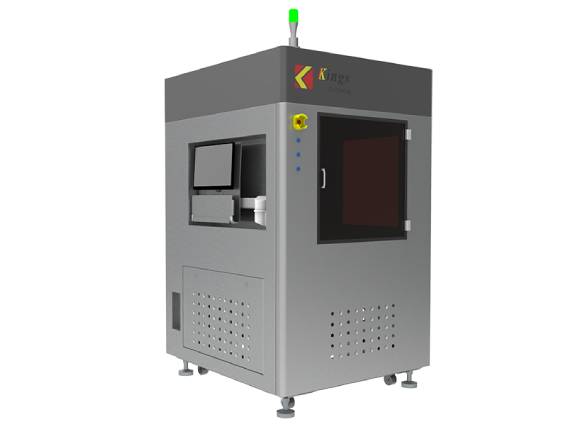
3D Printer
Advantages of 3D printing technology
3D printing is very different from traditional production through molds. The biggest advantage of 3D printing is that it can directly generate parts of any shape from computer graphics data without machining or any molds, thereby greatly shortening the product development cycle. Improve productivity and reduce production costs. At the same time, 3d printing can also print some appearances that cannot be produced by traditional production technology. At the same time, 3d printing technology can also simplify the entire production process, which is fast and effective.
3d printing technology process principle
Under the guidance of the design document instructions, the 3D Printer first ejects solid powder or molten liquid material to solidify it into a special flat thin layer. After the first layer is cured, the 3D printer print head returns to form another thin layer outside the first layer. After the second layer is cured, the print head returns again and forms another thin layer outside the second layer.
So reciprocating, eventually the thin layer accumulates into a three-dimensional object. Unlike traditional manufacturing machines, which use cutting or moulding to create objects, 3D printers expand the scope of digital concepts from a physical point of view by stacking layers to form physical objects.
3D printers are the preferred processing equipment for the precise shape design of internal recesses or interlocking parts, which can implement such designs in the physical world.
Due to the high printing accuracy, the quality of the printed model is naturally good. In addition to showing the design on the contour curve, the structure and moving parts are also not a problem.
3D printing has brought a worldwide manufacturing revolution. In the past, component design was completely dependent on whether the production process can be realized. The emergence of 3D printers will subvert this production idea, which makes companies no longer consider production when producing components. Process issues, any complex shape design can be realized by a 3D printer. 3D printing does not require machining or molds, and can directly generate objects of any shape from computer graphics data, which greatly shortens the production cycle of products and improves productivity. Although it still needs to be improved, the market potential of 3D printing technology is huge, and it is bound to become one of the many breakthrough technologies in the future manufacturing industry.
3D printing applications
Engineering manufacturing. In terms of engineering manufacturing, on the one hand, it is used in the production of important parts and components for high-end manufacturing such as national defense, military, aerospace, etc. These components have high production requirements, which are often not achieved by traditional processes or even if they are achieved, but the cost is too high; on the other hand, they are used for Engineering manufacturing of small batches or single product production.
Civilian development. In terms of civilian development, it has brought profound changes in manufacturing processes while reducing labor costs. 3D Printing Technology is hailed as the core technology of the "third industrial revolution".
Medical aspects. At the same time, 3D printing technology also has significant effects in medical treatment. It can be used to print prostheses and help more people who have lost their legs accidentally stand up again and live like normal people. "3D printing heart" is another result of the imitation of human organs using 3D printing technology. The 3D printed heart can be used as a copy of the heart anatomy, which is useful for practicing complex heart surgery. It can also print "kidney organs", but these technologies are still immature.
achitechive. It has also achieved remarkable results in the construction industry. The potential of 3D printing is far more than just producing DIY household items. In fact, this technology can even completely subvert the traditional construction industry. Compared with the traditional construction industry, 3D printed buildings not only have reliable quality of building materials, but also save 30%-60% of building materials, shorten the construction period by 50%-70%, and reduce labor by 50%-80%... According to calculations, printing can at least be Reduce construction costs by more than 50% and make houses more affordable for more people. However, the rigidity, strength and durability of buildings printed with the new "ink" need to be further verified.
3D printing allows people to buy such printers in some electronics stores, and factories are also selling them directly. Scientists said that the scope of use of 3D printers is still very limited, but someday people will be able to print more practical objects through 3D printers.


